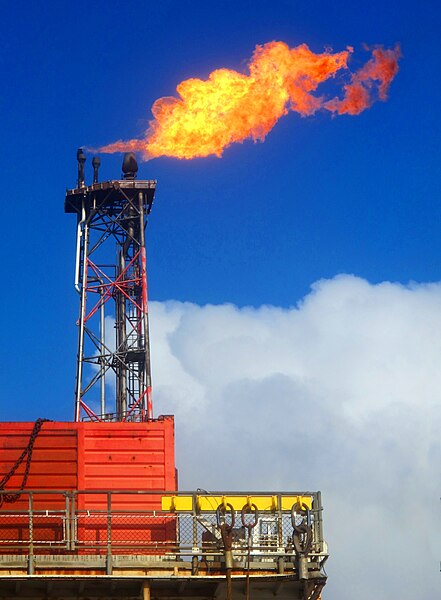In 2010, the House of Commons Environmental Audit Committee published a report on air quality in which they concluded that “poor air quality probably causes more mortality and morbidity than passive smoking, road traffic accidents or obesity”. Concerned that the Government was still not giving air quality a high enough priority, the Committee published another report in 2011. To date, the Committee’s main recommendations have not been implemented. Amidst new evidence on the negative effects of air pollution on health and a court case that found the UK Government guilty of failing to meet EU air quality targets, the Committee published a third report on air quality last week.
One of the Committee’s recommendations is that the Government works more closely with the Met Office, the BBC and other broadcasters to ensure that forecasts of high air pollution episodes are disseminated widely together with advice on what action should be taken. The Committee’s rationale is that information about air pollution allows individuals to take action that reduces exposure. However, avoidance behaviour, such as staying indoors, imposes a cost on individuals that might exceed the perceived gains.
 |
| A BBC weather forecast for Bristol showing the commonly encountered “green” air pollution forecast. |
In a paper published this month in the Journal of Health Economics (Link with free access until 22 January 2015) I investigate responses to air pollution warnings in England. I obtained data on the air pollution forecasts issued by Defra from 2002 to 2008. During this period the daily air pollution forecast was freely available via the internet, a Freephone telephone service, Teletext and with the weather forecast on the BBC website. The forecast was disseminated using traffic light colour-coding, with green indicating low levels of air pollution, amber moderate and red high levels. “Red” forecasts were extremely rare (3% of forecasts) and “green” forecasts very common (70% of forecasts), so a change from “green” to “amber” (27% of forecasts) was akin to an air pollution warning. Hence, I define an “amber” or “red” forecast as an air pollution warning.
Air pollution warnings and hospital emergency admissions
First, I looked at indirect evidence of avoidance behaviour by estimating the relationship between air pollution warnings and hospital emergency admissions for respiratory diseases in children aged 5 to 19 years. I controlled for actual air pollution levels and therefore essentially compared days with a certain level of air pollution for which an air pollution warning was issued with days with the same level of air pollution for which no air pollution warning was issued. If parents and children do respond to air pollution warnings by reducing their exposure or taking other preventive measures, we expect fewer emergency hospital admissions on days for which an air pollution warning was issued compared to days with the same level of air pollution but no warning.
Looking at all respiratory admissions I found no effect. Looking at a subset of respiratory admissions – admissions for acute respiratory infections such as pneumonia and bronchitis – I also found no effect. Only when I examined another subset of respiratory admissions, namely admissions for asthma, did I find that air pollution warnings reduce hospital emergency admissions, by about 8%.
Presumably, it is less costly for asthmatics to respond to an air pollution warning. Standard advice for asthmatics is to adjust the dose of their reliever medicine and to make sure they carry their inhaler with them. Other types of respiratory disease require far more disruptive preventive measures such as staying indoors, making the cost of responding to air pollution warnings larger than the perceived gains.
Direct evidence of avoidance behaviour: visitors to Bristol Zoo
To find direct evidence of avoidance behaviour, I examined daily visitor counts to Bristol Zoo Gardens. Zoos are attractive destinations for families with children. Even with some animal houses under cover, most people will consider a zoo visit to be an outdoor activity and therefore susceptible individuals might adjust their plans to the air pollution forecast. I found that lower temperature, more rain and higher wind speed reduced visitor numbers but found no effect of air pollution warnings on visitor numbers. Only when I looked at members – visitors who have an annual membership that entitles them to unlimited visits for a year – did I find that air pollution warnings reduce visits by about 6%. For members it is less costly to respond to air pollution warnings as they tend to be local residents who can just drop in for a quick visit. Thus, the perceived gains from postponing a visit are more likely to exceed the cost of postponing than for day visitors.
Overall, my results show that whether individuals respond to air quality information depends on the costs and benefits of doing so: where costs are low and the benefits clear, responses are higher. This finding suggests, that wider dissemination of high air pollution forecasts as recommended by the Commons Environmental Audit Committee may not bring about the desired prevention of adverse health effects from air pollution. The Committee’s other recommendations aimed at lowering air pollution levels are more likely to succeed in preventing ill health.
 |
| Katharina Janke |





